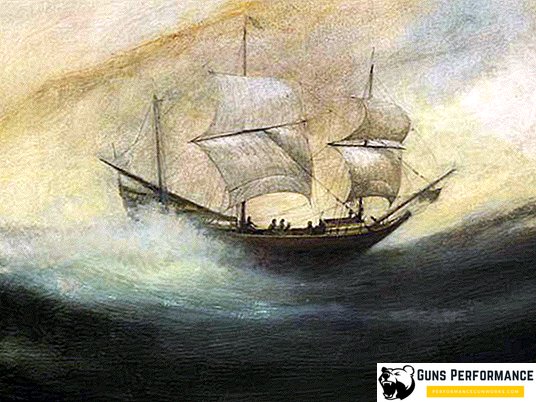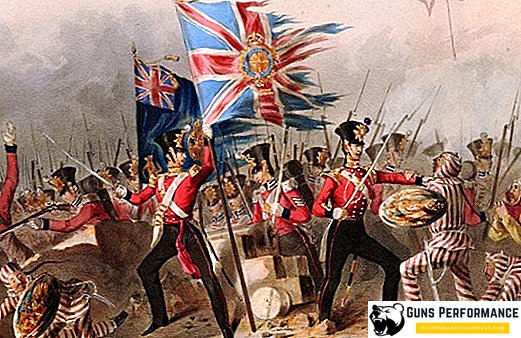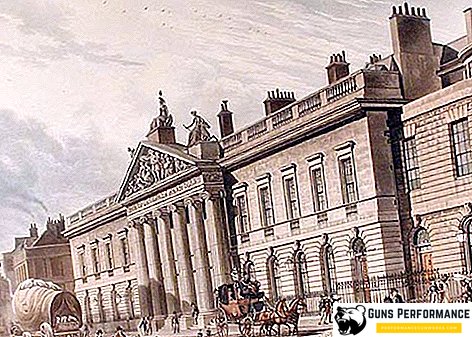The British East India Company is a private corporation that came to light in December 1600 to strengthen the British presence in the lucrative trade in Indian spices, previously monopolized by Spain and Portugal. The company eventually became an extremely influential agent of British imperialism in South Asia and the de facto colonial government of much of India. Partly because of rampant corruption, the company was gradually deprived of its commercial monopoly and political control, and its Indian possessions were nationalized by the British crown in 1858. It was officially dissolved in 1874 by the Act on the payment of dividends on shares of East India (1873).

In the 17th and 18th centuries, the East India Company relied on slave labor and sold slaves from West and East Africa, especially from Mozambique and Madagascar, transporting them mainly to British possessions in India and Indonesia, as well as on the island of St. Helena in the Atlantic Ocean. Although the slave turnover was small compared to the transatlantic slave trade enterprises, such as the Royal African Company, the East Indian company relied heavily on supplying slaves with special skills and experience managing their vast territories.
Army and Uprising
The East India Company had its own army, which by 1800 numbered about 200,000 soldiers, more than twice the size of the British army at that time. The company used armed force to subdue the Indian states and principalities with which it originally concluded trade agreements, to introduce disastrous taxation, to conduct officially sanctioned robberies and to protect its economic exploitation of both skilled and unskilled Indian labor.
The company's army played a notorious role in the failed Indian uprising (also called Indian insurrection) of 1857-1858, when Indian soldiers serving in the company led an armed uprising against their British officers, which quickly gained popular support in the war of independence. For more than a year of hostilities, both sides committed atrocities, including mass killings of civilians, although the company's repressions ultimately far outweighed the rebel violence.
The uprising led to the early abolition of the East India Company in 1858.
Trade and management
After the mid-18th century, trade in cotton goods declined, and tea became an important import product from China. From the beginning of the 19th century, the company financed tea trade through the illegal export of opium to China. The Chinese opposition, which opposed this illegal trade, precipitated the first Opium War (1839-42), which led to the defeat of China and the expansion of the trade privileges of Great Britain. The second conflict, often called the War of the Arrows (1856-60), brought even more trade rights to Europeans.

The company's management was surprisingly efficient and economical. For the first 20 years, the East Indian Company was governed from the home of its governor, Sir Thomas Smythe, and its staff was only six. In 1700, there were 35 full-time employees in his small London office. In 1785, he controlled a huge empire of millions of people with a permanent staff in London of only 159 people.
After several years of poor rule and mass starvation (1770) in Bengal, where the company established a puppet regime in 1757, the company's income from the land plummeted, forcing it to urgently take a loan (1772) of £ 1 million to avoid bankruptcy. Although the East India Company was rescued by the British government, harsh criticism and investigations by parliamentary committees led to government oversight of its activities (Regulation Act 1773), and then to state control over its political activity in India (India Act of 1784) . ).
Purpose of the creation of the British East India Company
As mentioned above, the British East India Company was originally established in 1600 to serve as a trading body for English traders, specifically to participate in the spice trade in East India. She later added items such as cotton, silk, indigo, saltpeter, tea and opium to her products, and also participated in the slave trade.
As a result, the company took up politics and acted as an agent of British imperialism in India from the early 1700s to the mid-1800s.
Opposition of the Dutch East Indies and the Portuguese
The company met with opposition from the Dutch in the Dutch East Indies (now Indonesia) and the Portuguese. The Dutch virtually neutralized members of a company from the East Indies as a result of the Amboine massacre in 1623 (an incident in which the Dutch authorities executed English, Japanese and Portuguese traders), but the defeat of the company from the Portuguese in India (1612) brought the Dutch victory in the trade in the form of an assignment from the Mughal Empire. The company is engaged in trade in piece goods from cotton and silk, indigo, saltpeter and spices from South India. She extended her activities to the Persian Gulf, Southeast Asia and East Asia.
Sunset company
The Regulatory Act (1773), adopted by the British Parliament on the regulation of Indian territories by the British East India Company, mainly in Bengal, became the first intervention of the British government in the territorial affairs of the company and marked the beginning of the process of its absorption by the state, which was completed in 1858.

The reason for the regulatory act was the improper management of the company of its Bengali lands. The Act of 1773, also known as the Regulatory Act, established the Governor-General of Fort William in Bengal with supervisory powers over Madras (now Chennai) and Bombay (now Mumbai). Pitt's India Act (1784), named after the British Prime Minister, William Pitt the Younger, established a dual control system by the British government, which kept the company in control of trade and day-to-day management, but important political issues were referred to the secret committee from three directors in direct contact with the British Government; this system lasted until 1858.
The 1813 act violated the trading monopoly of the company and allowed the missionaries to enter British India. The 1833 act put an end to the company's trade, and the 1853 act marked the end of the company's patronage. The act of 1858 transferred most of the powers of the company to the British crown.












